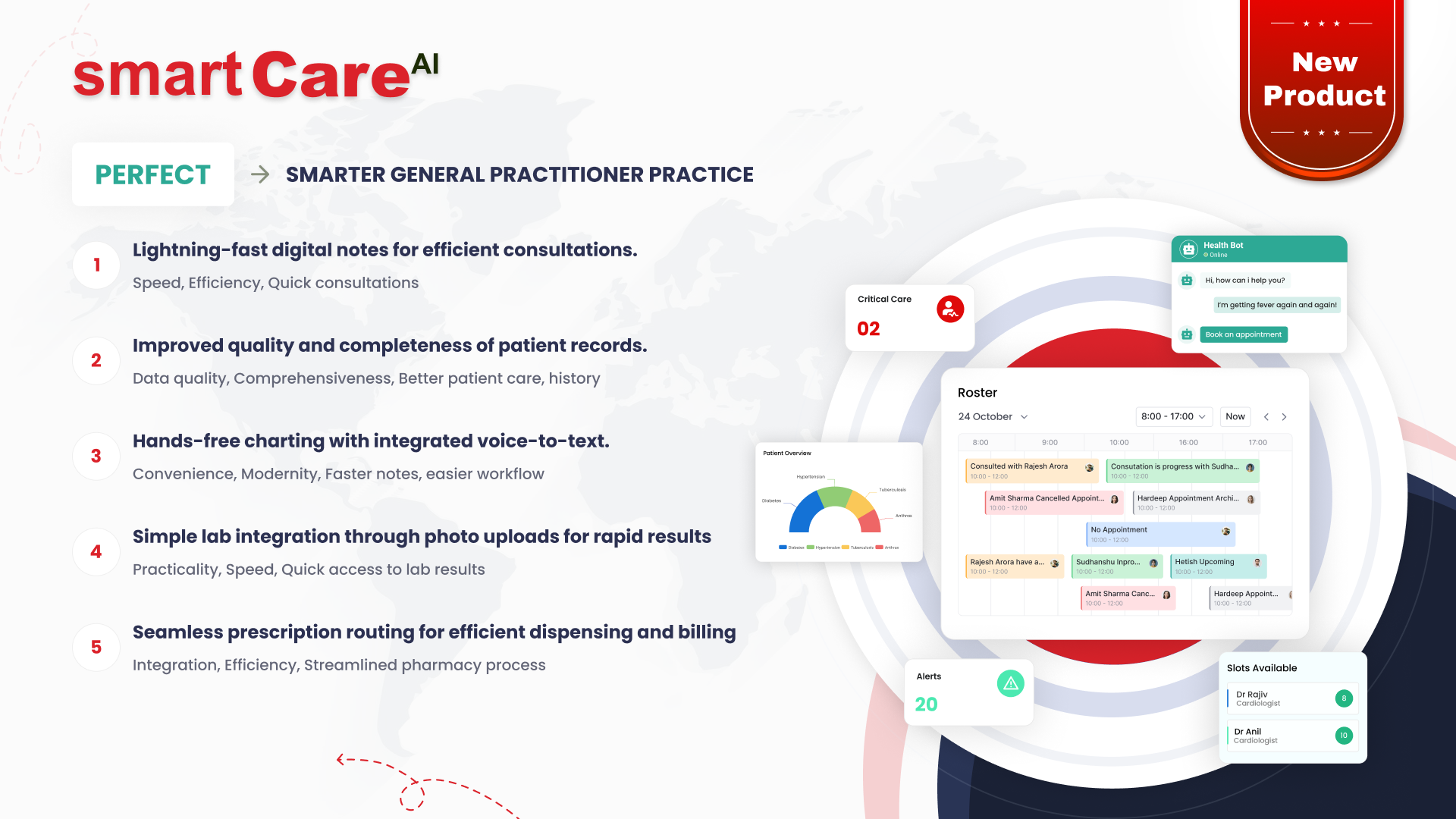Posted On July 15, 2025
Custom Software vs SaaS Platforms: What Healthcare Providers Should Know
In the healthcare industry, choosing the right software solution can significantly impact patient care, operational efficiency, and regulatory compliance. Healthcare providers often face the decision between custom software and Software-as-a-Service (SaaS) platforms. Understanding the differences, benefits, and costs of each can help make a more informed choice. Let’s explore what you should know.
Understanding Custom Software and SaaS: What’s the Difference?
Custom software is a solution built specifically for a healthcare provider’s unique needs. It is developed from scratch or heavily customised to address specific workflows, patient management systems, or specialised healthcare services.
On the other hand, SaaS platforms are ready-made software applications hosted online and provided on a subscription basis. They offer standard features suitable for a broad range of healthcare providers, with updates and maintenance handled by the provider.
Why Choosing the Right Software Matters for Healthcare Providers
Healthcare providers handle sensitive patient information and require systems that support efficient care delivery. The right software impacts how smoothly day-to-day tasks run — from patient records to billing and compliance with healthcare regulations.
Choosing software that fits your practice’s size, speciality, and technical capacity ensures better data security, improved staff productivity, and enhanced patient outcomes.
Key Benefits of Custom Software for Healthcare Services
Custom software offers a tailored approach. It adapts to your existing processes, allowing for:
-
Specific features built to your practice’s workflow
-
Greater control over data security and compliance
-
Flexibility to integrate with specialised medical equipment or systems
-
Scalability to grow with your practice without unnecessary extras
However, custom software requires an initial investment of time and money in development and ongoing support.
How SaaS Platforms Can Streamline Healthcare Operations
SaaS platforms are popular because they are quick to deploy and reduce the need for in-house IT resources. Benefits include:
-
Lower upfront costs due to subscription pricing
-
Automatic software updates and security patches
-
Access from any location with internet connectivity
-
Standardised features designed for broad healthcare needs
SaaS is ideal for smaller practices or those seeking fast, cost-effective solutions but may lack specific custom features.
Cost Considerations: Custom Software vs SaaS Solutions
Custom software often involves higher initial development costs, but the long-term benefits may include fewer licensing fees and software that perfectly fits your needs.
SaaS solutions usually have lower upfront costs and predictable monthly fees. However, over time, subscription fees can add up, and additional customisation or integration might increase expenses.
Balancing your budget with your operational needs is key to choosing the right option.
Security and Compliance: What Healthcare Providers Need to Know
When it comes to healthcare, data security and regulatory compliance are critical. Both custom software and SaaS platforms must meet strict standards to protect patient information and comply with laws such as the Australian Privacy Act and the My Health Records legislation.
Custom software can be tailored with specific security features designed for your organisation’s unique needs, giving you more control over data handling and storage. On the other hand, reputable SaaS platforms invest heavily in security measures and updates, often providing compliance certifications out of the box. However, with SaaS, you rely on the vendor to manage data security and compliance, which means you should thoroughly assess their credentials before committing.
Flexibility and Scalability: Which Option Fits Your Practice?
Healthcare providers vary in size and complexity, so the ability to adapt software to your evolving needs is crucial. Custom software offers high flexibility—it can be developed to match your existing workflows and expand as your practice grows or changes.
SaaS platforms typically offer standardised features that can serve many healthcare providers. While they often include scalable options, these may be less customisable to specific requirements. SaaS works well for organisations looking for quick deployment and predictable costs but might face limitations if you need highly specialised features or integration with legacy systems.
Implementation Timeframes: Custom Software vs SaaS Platforms
The time it takes to get your software up and running is another important factor. Custom software development can take weeks or months, depending on the complexity and scope of the project. This process includes requirements gathering, design, testing, and deployment. While it requires a longer lead time, the result is a solution built specifically for your needs.
In contrast, SaaS platforms offer faster implementation since the software is already developed and hosted on the cloud. You can often start using the system within days, sometimes even hours, which makes SaaS an attractive option for healthcare providers who need immediate solutions.
Support and Maintenance: Who Handles What?
With custom software, ongoing support and maintenance are usually managed by your development team or an external provider you hire. This setup means you have direct control over updates, bug fixes, and custom enhancements, but it also means you must allocate resources for these tasks.
SaaS platforms take care of maintenance, updates, and technical support as part of the subscription service. This arrangement reduces your internal IT burden but means you depend on the vendor’s responsiveness and quality of service. It’s essential to understand the level of support included in your SaaS plan and whether it aligns with your practice’s expectations.
Making the Right Choice: Factors to Consider Before Deciding
Choosing between custom software and SaaS platforms depends on several factors: your budget, timeline, specific needs, and capacity to manage IT resources. Custom software offers tailored solutions with full control but requires a higher upfront investment and longer development time. SaaS platforms provide faster deployment and lower initial costs but may limit customisation and vendor dependency.
Healthcare providers should carefully assess these aspects alongside security, compliance, and support considerations to find the solution that best fits their practice.
Conclusion
Healthcare providers face an important decision when choosing between custom software and SaaS platforms. Custom software offers tailored features and control but requires more investment upfront. SaaS platforms provide quick deployment and ease of use with lower initial costs but may lack full customisation.
Understanding these options in the context of your healthcare practice’s size, goals, and technical capabilities is essential. For expert advice and tailored solutions, visit smartData to explore how they can help you navigate this decision with confidence.








